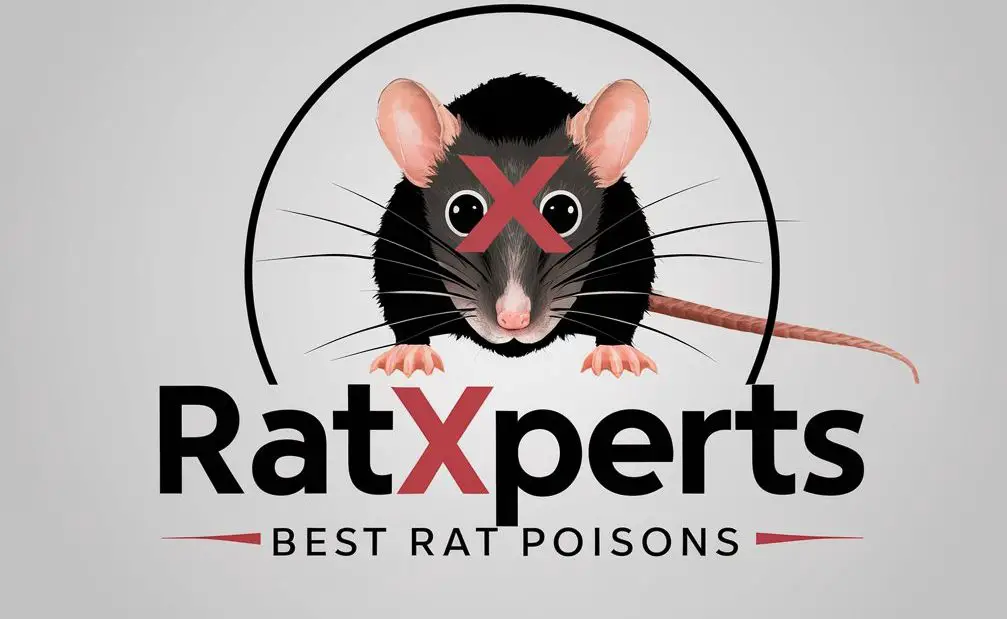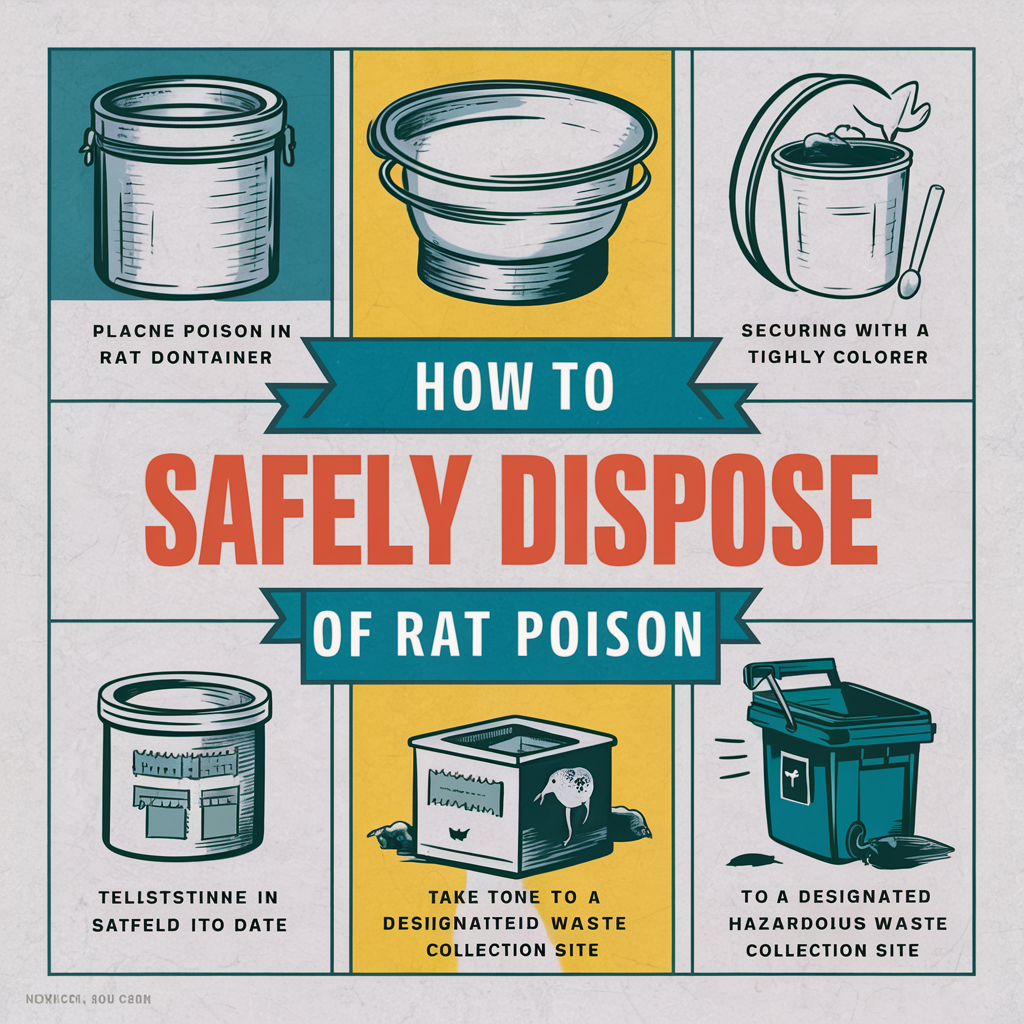Overview
When it comes to disposing of rat poison, it is crucial to handle the process with care and attention to ensure the safety of both humans and the environment. Improper disposal can lead to harmful consequences, so following these guidelines is essential:
Steps for Safe Disposal:
- Read the Label: Before beginning the disposal process, carefully read the label on the rat poison container. The label often contains important information about proper disposal methods specific to that product.
- Use Personal Protective Equipment (PPE): When handling rat poison for disposal, wear gloves and a mask to protect yourself from any potential contact with harmful chemicals. Additionally, ensure that the area is well-ventilated to avoid inhaling any toxic fumes. It’s important to keep children and pets away from the vicinity while handling and disposing of rat poison. Carefully place the poison in a sealed container, preferably one that is labeled and leak-proof, to prevent any accidental spills or exposure. Check with your local waste management facilities to understand the proper disposal protocols, as many types of rat poison require specific treatment or disposal methods to prevent environmental contamination.
- Keep Away from Children and Pets: Store rat poison in a secure location away from children and pets while awaiting proper disposal.
- Avoid Mixing Chemicals: Do not mix different types of rat poisons or other chemicals during disposal as this can create dangerous reaction. Proper disposal of rat poisons is crucial to prevent accidental exposure or harm to humans, pets, and wildlife. Always follow the specific disposal instructions provided on the packaging of the product. If no instructions are available, contact your local waste management authorities for guidance. Many areas have designated facilities for the disposal of hazardous materials, ensuring that these potent chemicals are handled safely. Never dispose of rat poison in your regular trash, as this can pose a risk to sanitation workers and the environment. Instead, make sure it is sealed in a container and clearly labeled before taking it to the appropriate disposal facility.
- Contact Local Waste Management Services: Check with your local waste management services or environmental protection agency for guidance on how to dispose of rat poison in your area.
- Follow Specific Disposal Instructions: Some products may have specific instructions for safe disposal such as dilution before pouring down the drain or sealing in a container before placing in the trash.
- Do Not Flush Down Drains or Toilets: Avoid flushing rat poison down drains or toilets as it can contaminate water sources and harm aquatic life.
- Seal Containers Securely: If disposing of liquid forms of rat poison, ensure containers are sealed tightly to prevent leaks during transportation.
- Dispose at Designated Drop-Off Locations: Some areas have designated drop-off locations for hazardous materials including pesticides like rat poison. Utilize these facilities if available in your area.
- Consult a Professional if Unsure: If you are unsure about how to safely dispose of rat poison, consider contacting a professional pest control service or toxic waste disposal company for assistance.
By following these steps and guidelines, you can effectively and safely dispose of rat poison without posing risks to yourself, others, or the environment.

